Positives to take from the Star Wars prequels
For Star Wars: Episode VII, should JJ Abrams ignore the prequels altogether? Rob optimistically looks for some positives...
With Star Wars: Episode VII scheduled to hit our screens during December 2015, now is surely a crucial time for the future of the galaxy far, far away. Right now, planet-sized questions are being asked in the offices of the new creative team taking over the Bantha reins from George Lucas.
JJ Abrams, as a long-time fan of the franchise now taking over co-writer-director duties, will surely know that most people were left with a sour taste in their mouths after the experience of watching the Lucas’ prequel trilogy after years of build-up and excitement.
Kathleen Kennedy, Lucas’ replacement at the head of Lucasfilm, is sure to have promised Abrams some creative control with his new instalment, and has presumably encouraged him to pretend the prequel trilogy never even happened.
However, it’s easy to forget that not everything about these films was as terrible as it might seem with years of hindsight and countless negative reviews. For every Jar Jar Binks there is a Darth Maul, for every mind-boggling trade blockade there is an epic lightsaber battle.
With a galaxy’s worth of ideas and options, the new sequel trilogy has more potential than the Cantina Band’s long-awaited reunion tour. Contrary to popular belief, there are plenty of great ideas in the prequels that JJ Abrams could learn from. Ideas like these…
Cool new villains
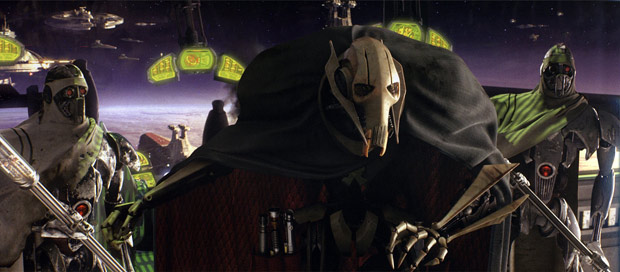
Anyone familiar with the off-screen Star Wars world will know that the Emperor never stayed dead for very long. Various writers have seized the idea that he has at some point created a clone army of himself through which he continued to plague the galaxy for years after his first body was killed by Darth Vader in Return Of The Jedi.
An interpretation of this narrative idea would be incredibly difficult to portray on screen without seeming like a middle finger to the beloved original trilogy. Indeed, this idea has provided legions of fans with a treasure trove of exciting new Star Wars content in the dark times between films, but it just couldn’t work on screen, in this writer’s opinion. Indeed, remnants of the Empire and evil followers of Palpatine could remain, but bringing him back would just seem like a retcon and would lessen the impact of the climactic battle from Jedi.
In the prequels, especially in Episode I and II when the Emperor had not yet revealed himself, George Lucas managed to provide a series of fantastic villains which continually stole the show. For example, Darth Maul is surely everyone’s favorite thing about The Phantom Menace. From his mysterious debut appearance to his lightsaber skills, he is truly a highlight of the whole series and a great example of how expanding the universe of Jedi and Sith can be more thrilling than sticking to old ideas.
Despite the fact that most of his adventures take place in the wider Clone Wars canon, General Grievous was another brilliant idea and anyone who didn’t enjoy watching Obi-Wan battle the cyborg with keen lightsaber skills surely has something against good entertainment. Again, the introduction of horror icon Christopher Lee as a mysterious Jedi-gone-bad Count Dooku was a stroke of genius, as well as being an opportunity for two underrated lightsaber battles and a long overdue debut beheading for the franchise.
As Abrams looks to build the Star Wars universe into a box office behemoth to match the much-adored Marvel model, he would do well to introduce some exciting new villains as Lucas did in the prequels, rather than drawing on the extended universe and resurrecting Palpatine. Surely fans would rather see new Sith with mysterious backstories than bringing back a baddie who has already had a presence in six films and a satisfying screen death.
Tons of Jedi
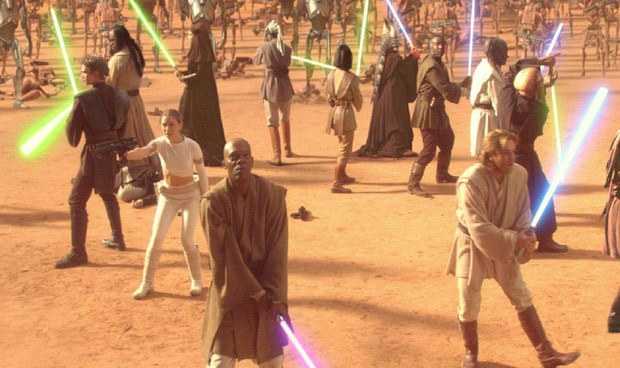
The prequel saga also looked to expand the ranks of the Jedi, with some great results. The most notable new introduction was Mace Windu, the first black Jedi on screen, portrayed by Samuel L Jackson. Well-served by the writing, Jackson got more than his fair share of chances to shine, experiencing everything from Jedi Council scene-stealing to great battle scenes, as well as standing up to evil Anakin, fighting the Emperor and ultimately getting his arm chopped off – thus continuing a classic onscreen tradition.
Sadly, for every Mace Windu there were at least five Kit Fistos – cool ideas forced to exist as underdeveloped background characters, or live out their best plots in cartoon form. Thankfully, The Battle of Geonosis, one the few redeeming features of Attack Of The Clones, gave all the Jedi a chance to show off their skills. Opportunities for Jedi to work as a team and show off their abilities are a sure-fire recipe for great entertainment, and this writer is grateful that he got to see it, despite the undeniable flaws elsewhere in the movie.
The smaller lightsaber duels were great too, as Lucas treated us to everything from cool force moments to countless backflips and even Anakin wielding two lightsabers against Count Dooku. Jedi in the prequels proved to be the complete opposite of Alec Guiness and puppet Yoda’s tottering around in the original series. Viewers finally saw how effective the Jedi were at the height of their powers, an on-screen reality to match the lively imaginations of fans since the 1970s.
CGI Yoda’s amazing acrobatics in his Revenge Of The Sith battle were undeniably memorable, as was the sight of Obi-Wan holding has own against a multi-limbed lightsaber-wielding cyborg. These face-offs were fantastic wish-fulfilment for viewers, and it’s unfair to include them in the generalisation that the prequels were a steaming pile of Bantha poodoo.
Expansive new planets
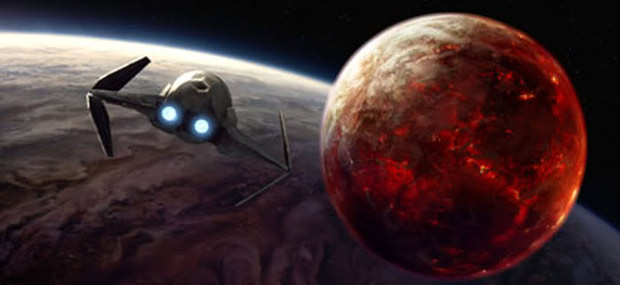
Since the very first scene in A New Hope, where the rebel ship attempts to outrun the Imperial Star Destroyer, fans have known that the Star Wars galaxy was as vast as our own. But as brilliant as the original trilogy was, their filmmakers were limited by technology and budgets, so viewers were treated to strange foreign planets… which looked a lot like the desserts, forests and swamps of our very own planet earth. This didn’t damage the spectacle at all, but the dawn of CGI has the ability to create new worlds and landscapes you couldn’t possibly make, let alone shoot, practically.
Even though they chose to inhabit it with the likes of Jar Jar Binks, The Phantom Menace gave us Naboo, a fully realised planet in all its glory. Sci-fi fans were treated to every aspect of the planet, from its palaces down to its streets, then down further to the underwater Gungan city and then all the way up into orbit for the climactic space battle.
The prequel trilogy became even braver in its final (and undoubtedly best) instalment. The visuals in Revenge Of The Sith are nothing short of astounding – from the opening space battle-turned-crash landing on Coruscant to the lavish lava of Mustafar where the final duel takes place.
Even Tatooine, the hive of scum and villainy, was expanded to include an amazing pod race sequence. Although some of the writing was undeniably awful, the prequels looked consistently brilliant.
Plenty of heart
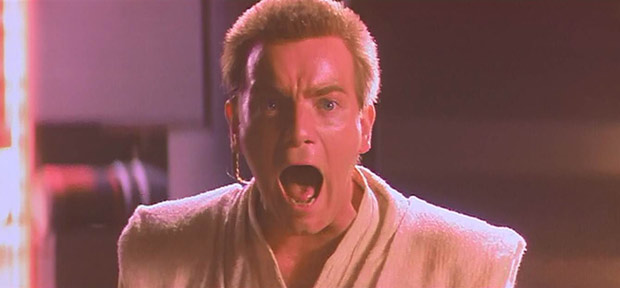
Yes, Lucas’ attempt at showing us true love in the prequels was just god awful and the romance subplot absolutely ruined Attack Of The Clones. “I hate sand” is still one of the most hilariously bad chat-up lines ever, and the rolling around in the grass was a whole universe’s worth of cliché cruelly combined for our viewing pleasure (or pain).
Those terrible scenes aside, there was undeniably a massive amount of heart in the prequels. In what could have easily become a CGI fight-fest (and yes, I know it was at switch), the main characters’ motivations were actually handled pretty well.
Obi-Wan’s dismay at Qui-Gon’s death is a highlight of the whole franchise, and gave the young Ewan McGregor something meaty to get his acting chops around. The heightened emotion for Obi-Wan, combined with the terrific Duel Of The Fates score, makes this one of the best battles in Star Wars history. As Abrams looks to craft his first lightsaber duel, he could do worse than taking inspiration from this sequence.
Although Anakin’s reversal of this scene, where he cries over his mother’s death before heartlessly murdering a tribe of sand people, doesn’t quite reach the same emotional heights (perhaps due to the quality gap between the actors), you can see how Lucas was trying to create contrasting parallels across the whole franchise – how both Jedi reacted differently to personal losses.
While Obi-Wan sticks to the light path and sees the opportunity to take Anakin under his wing, becoming the Jedi master who would later lead Luke to the redemption of the galaxy, Anakin becomes a messed up ball of worry, plagued by visions of death and driven by the idea of immortality and saving his loved ones at any cost, famously becoming a total planet-destroying bastard and right hand man to the tyrannical despot of the galaxy, before finding redemption in Return Of The Jedi.
Their final prequel duel in Revenge Of The Sith, although plagued with terrible dialogue (“From my point of view the Jedi are evil!”, “I hate you!”, and so on), is a big emotional battle too. Anakin is pure rage and anger, trying desperately to kill his former master and prolong his own life, while Obi-Wan starts by merely trying to defend himself while attempting to coax Anakin back to the light. Obi-Wan cannot even bring himself to finally kill his pupil when given the chance.
Although the dialogue and Christensen’s plank-of-wood acting style make the sequence far-from-perfect, it’s difficult to fault the concepts behind it. Like much of the prequel trilogy, the ideas work but the execution is about as effective as chopping someone’s limbs off and hoping for the best. Lucas knew that the prequels needed to be built on heart and emotion, like the father-son reveal and the very-weird-in-hindsight love-triangle of the originals. Sadly, he was far too content to cast on looks rather than abilities, and presumably, no one had the guts to ever question his scripts.
A new hope?
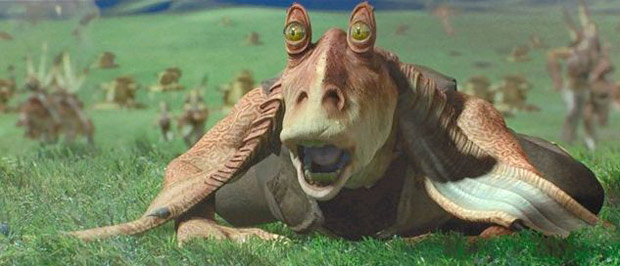
So, just as there are plenty of negative lessons to learn from the prequels that we’re all well aware of (actually cast good actors, check your scripts for trite dialogue, don’t invent a terrible character ‘for the kids’), there are also several positive things that JJ Abrams, Kathleen Kennedy et al could take from the trilogy. Despite all the flaws, Lucas injected plenty of heart into his central conflict, created a beautiful visual world through CGI, introduced some show-stealing new Sith, and expanded the Jedi order through new characters and their individual fighting skills.
So with a barrage of Disney-led Star Wars sequels on the way, let’s hope that JJ Abrams and his creative team aren’t throwing everything that was good about the prequels out of the window.
Like us on Facebook and follow us on Twitter for all news updates related to the world of geek. And Google+, if that’s your thing!
